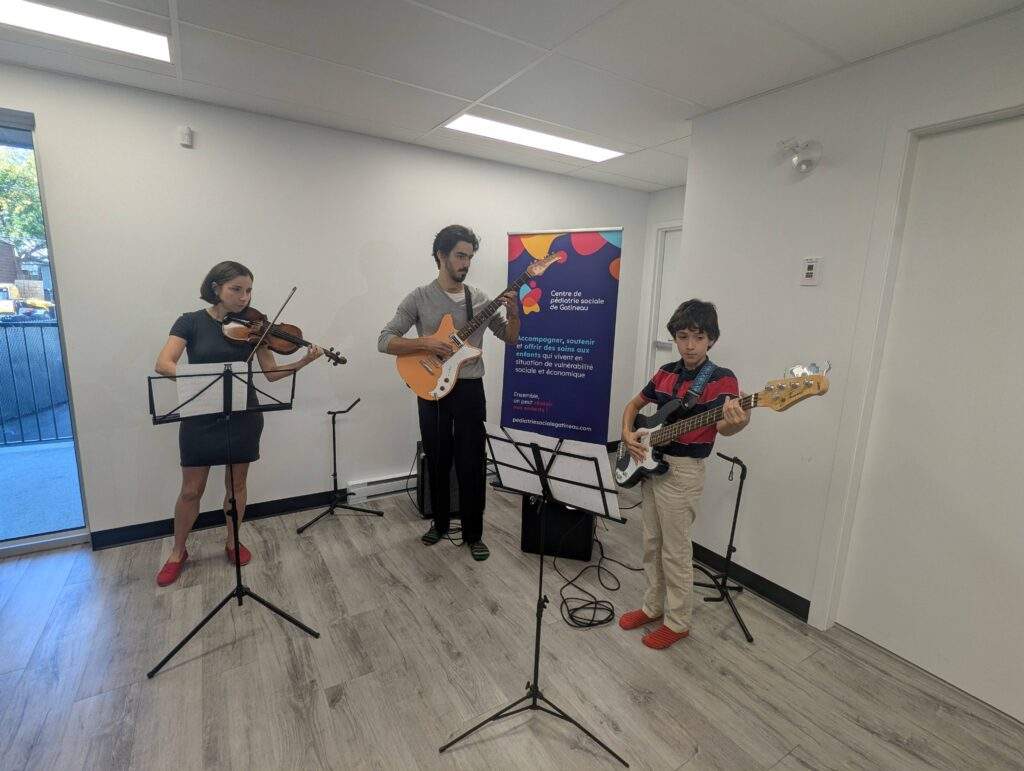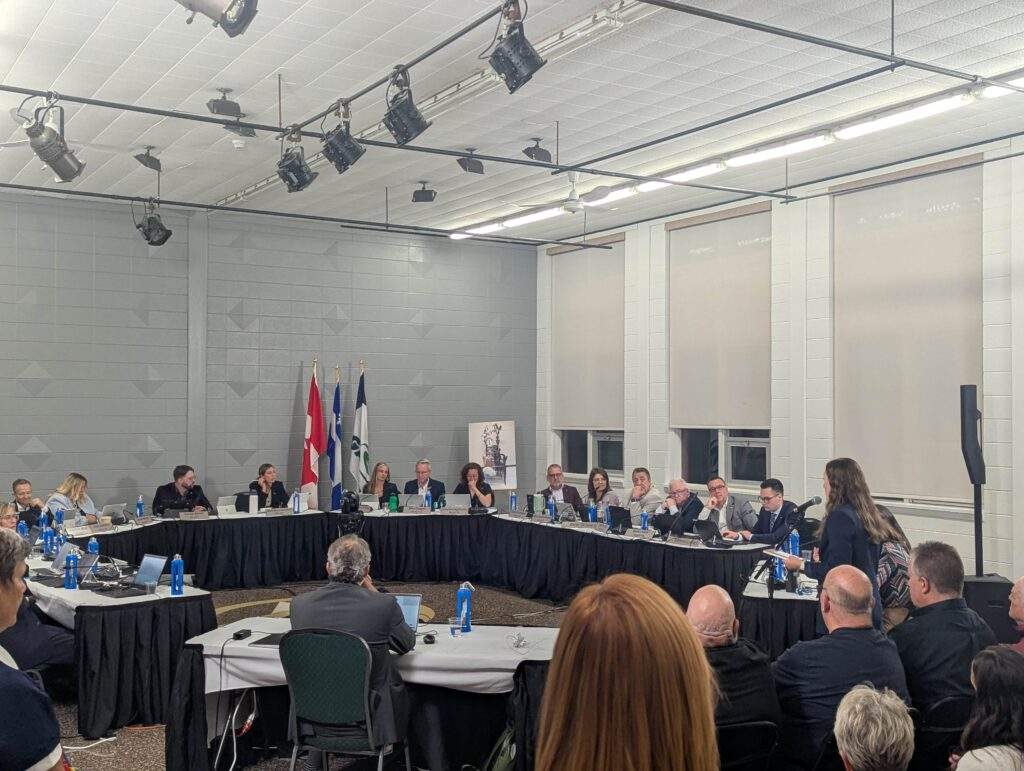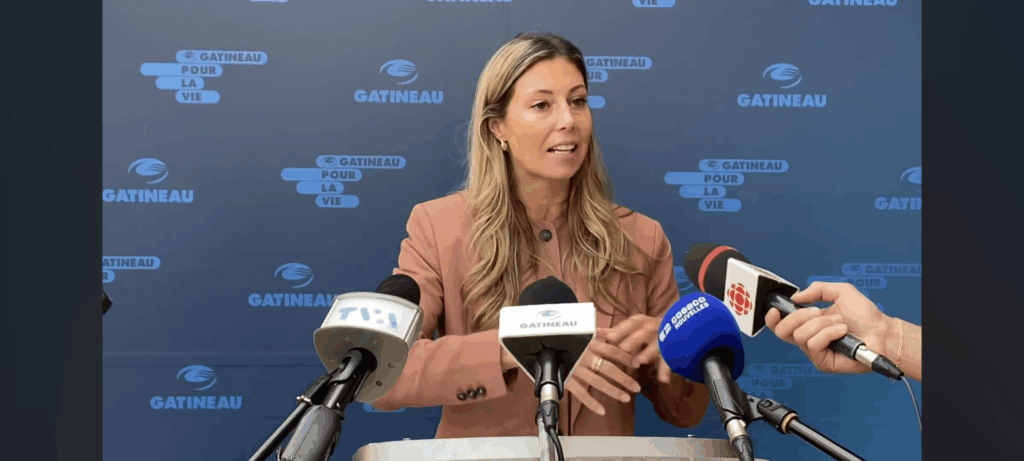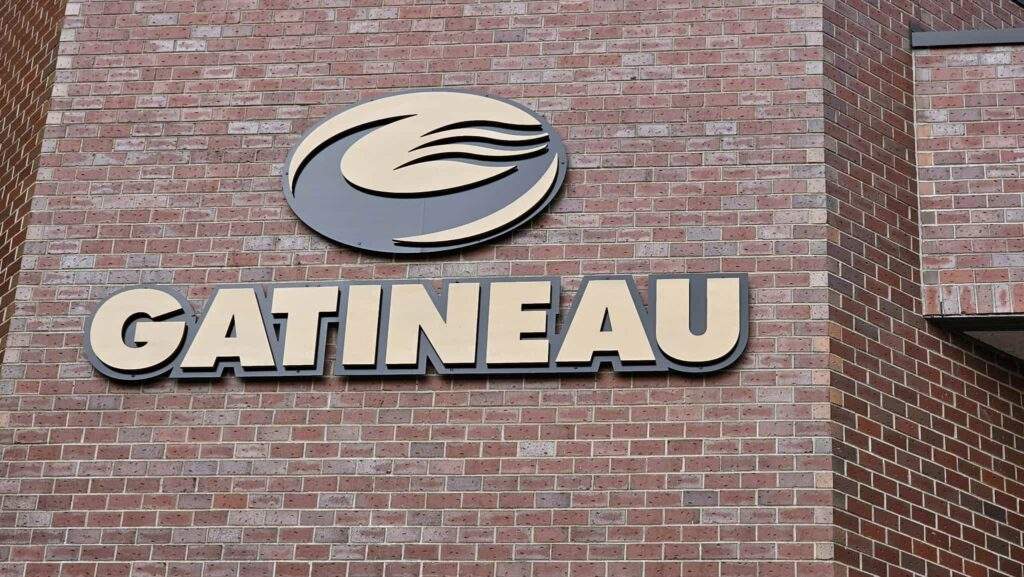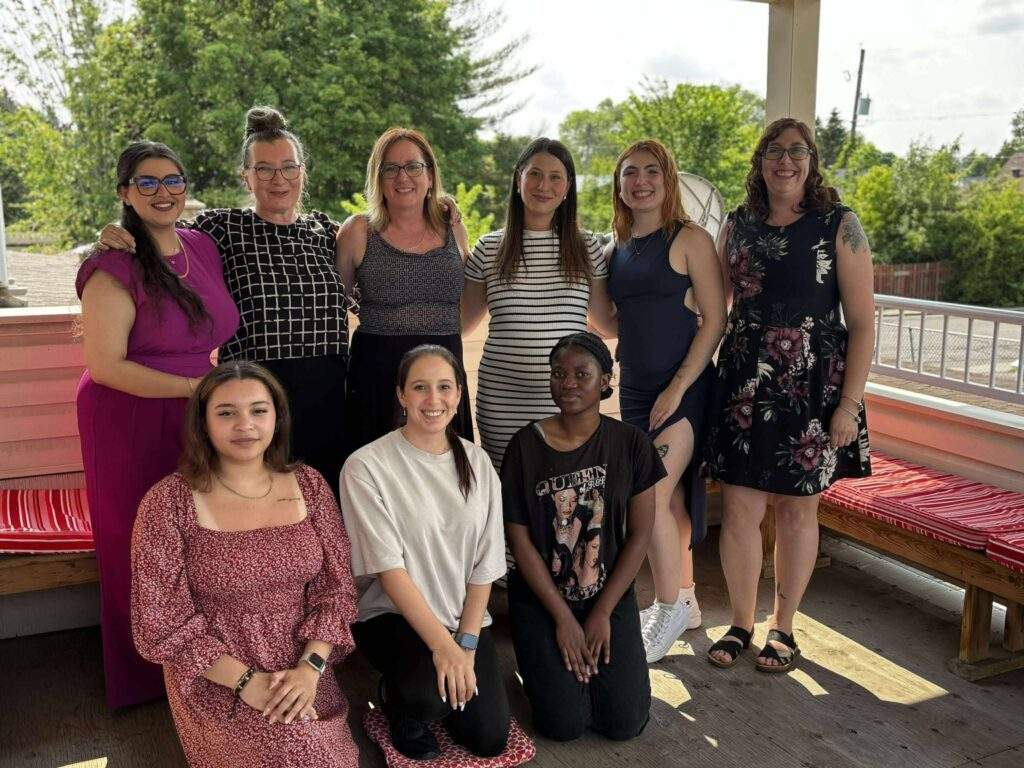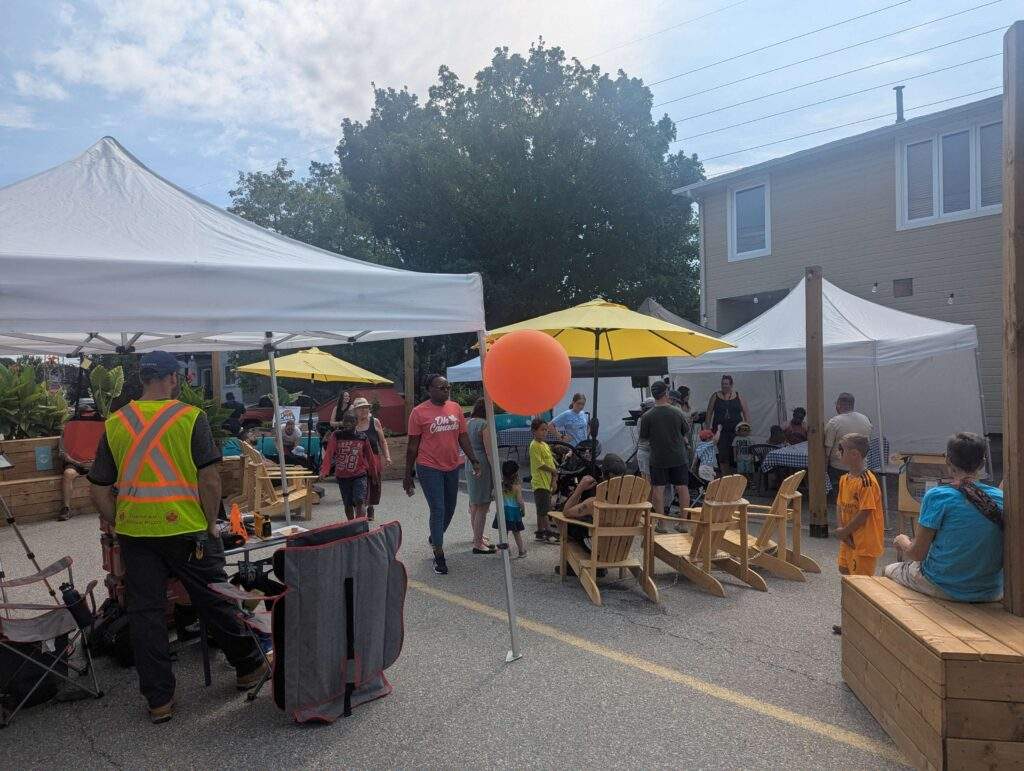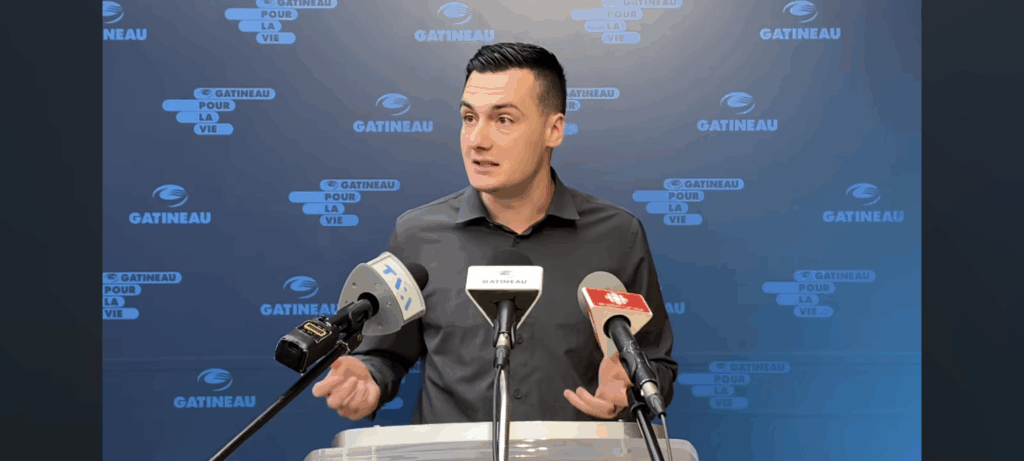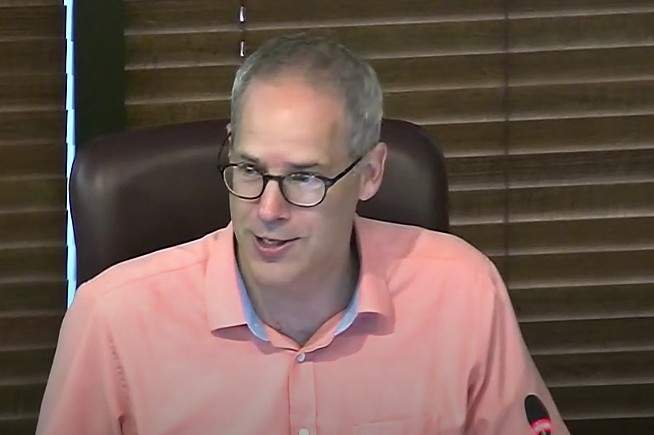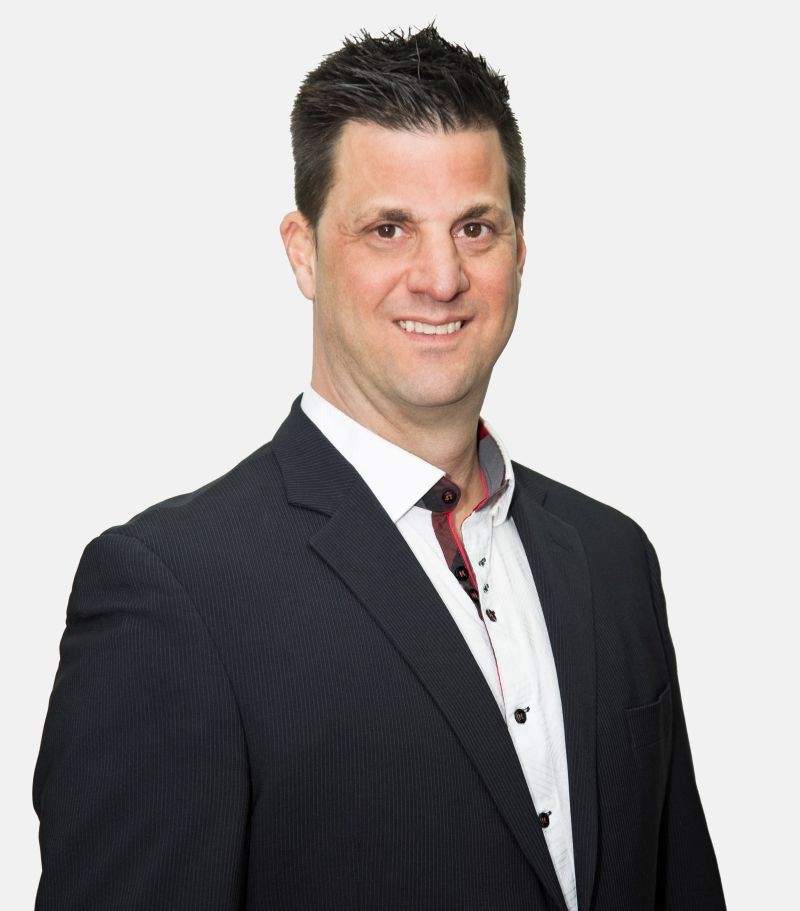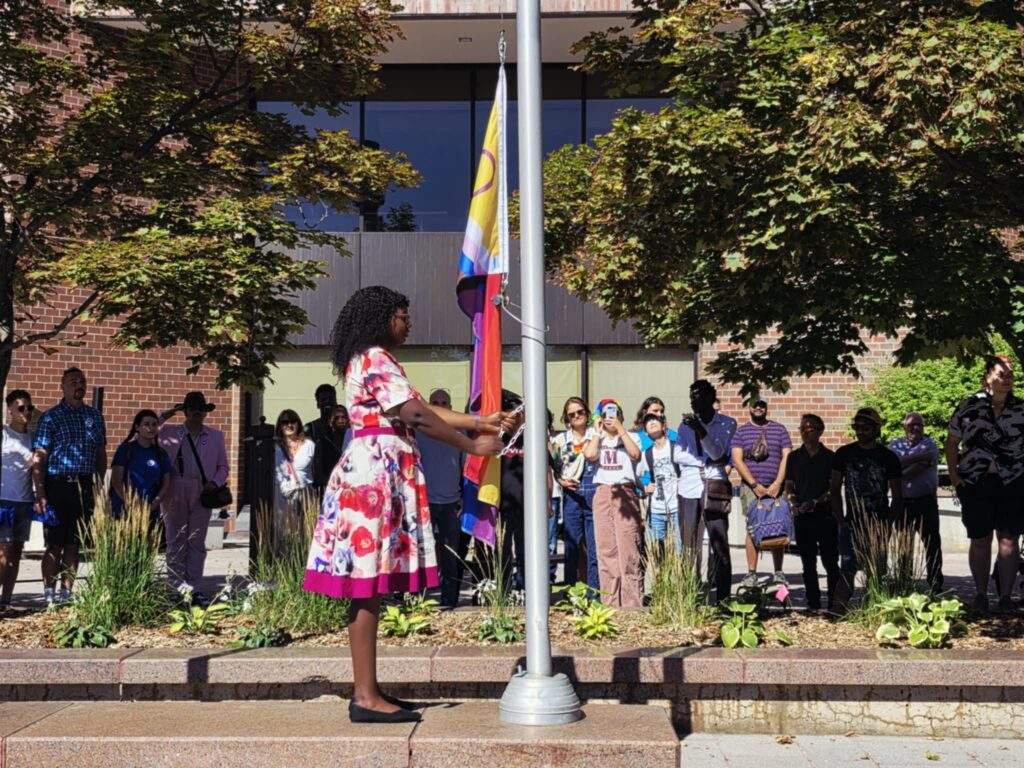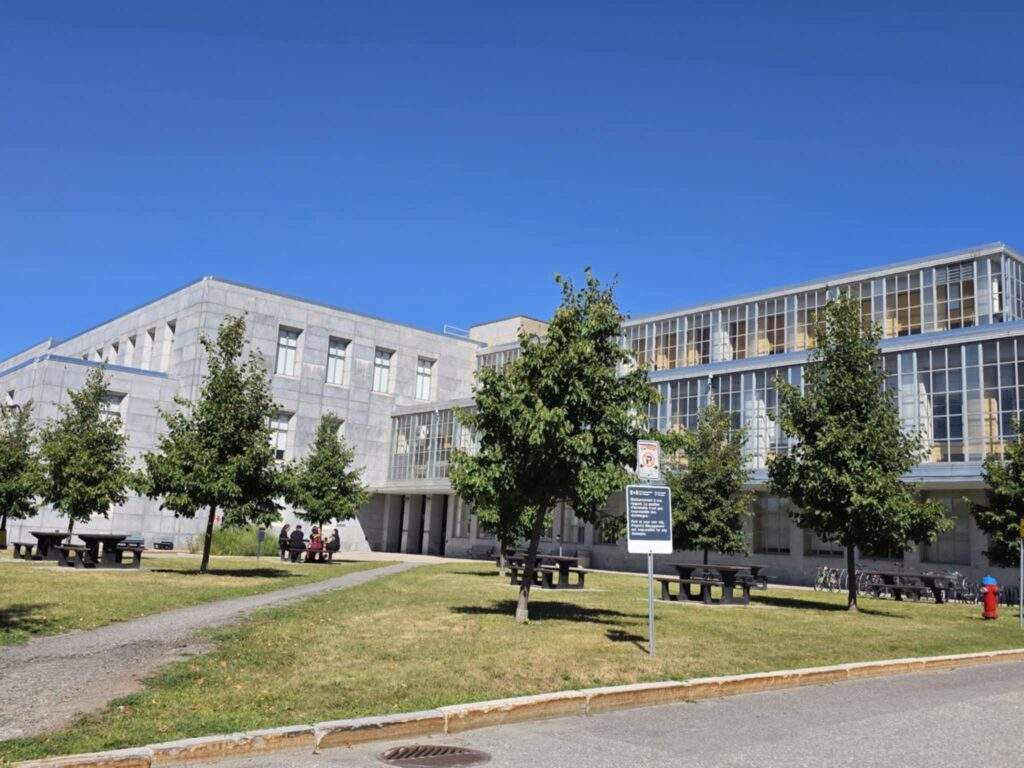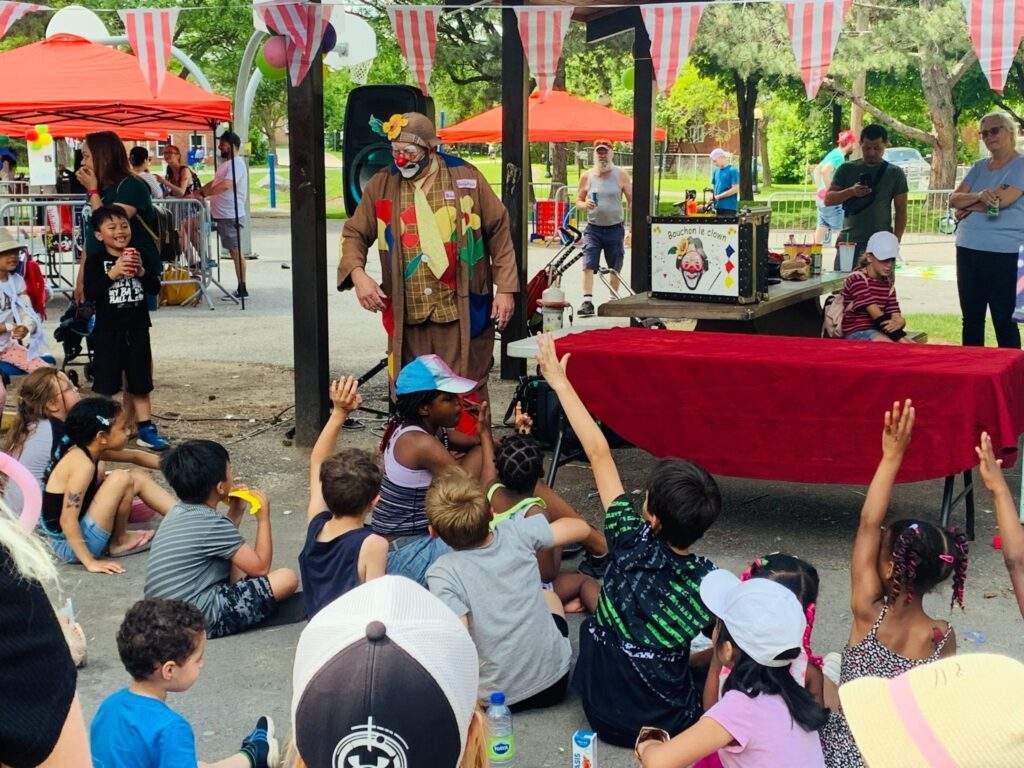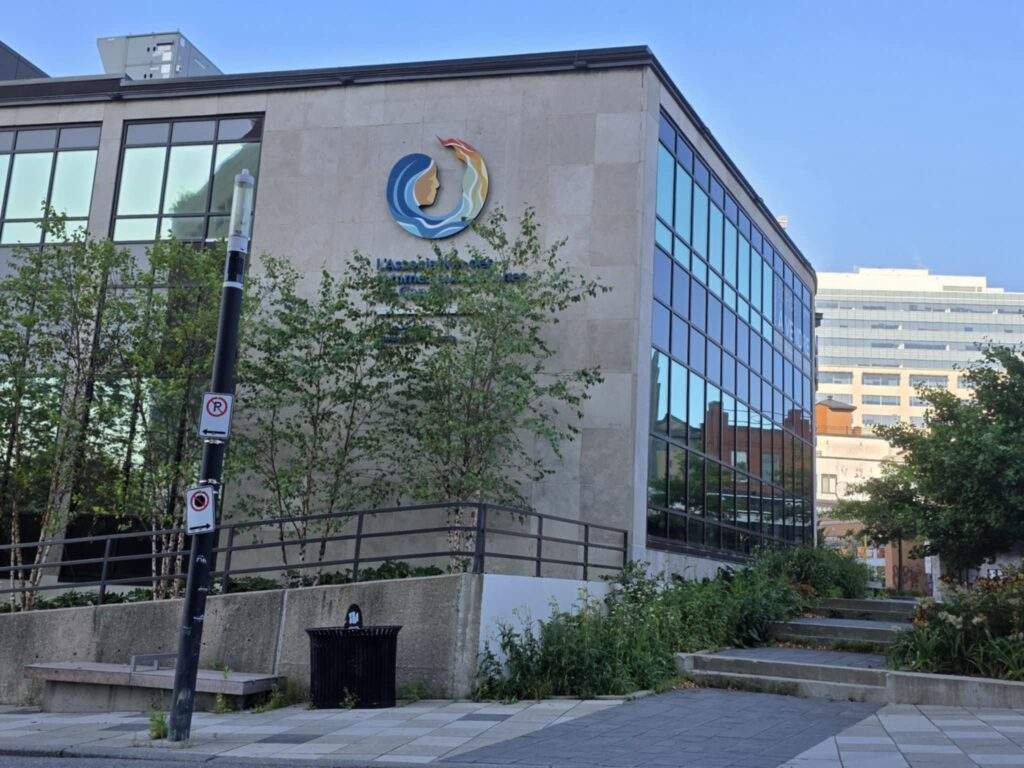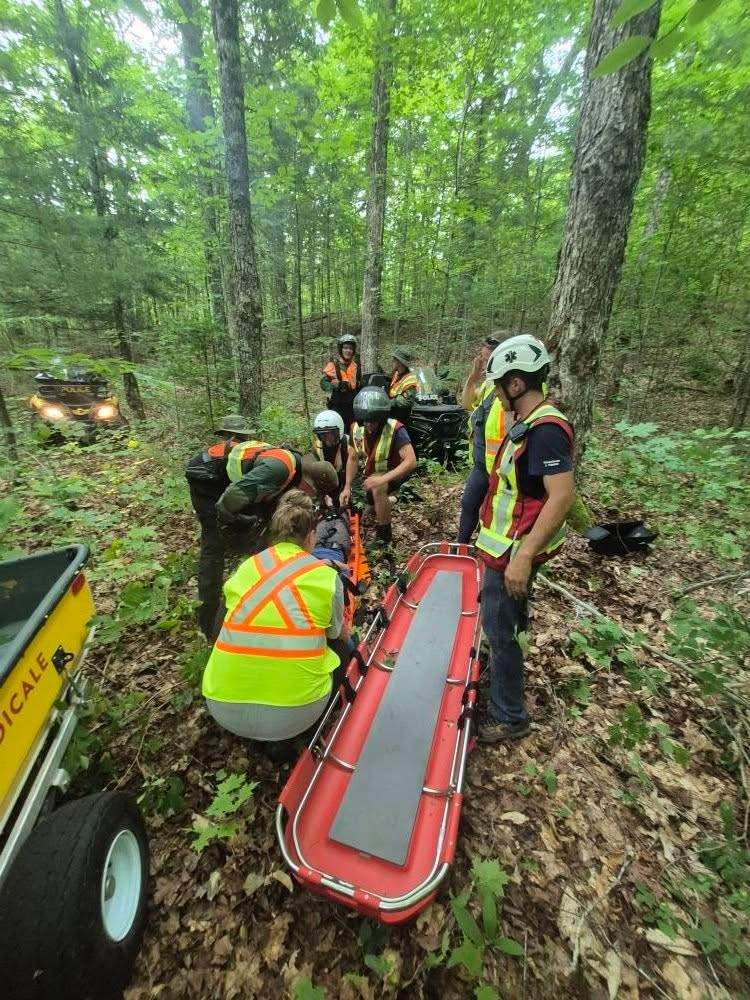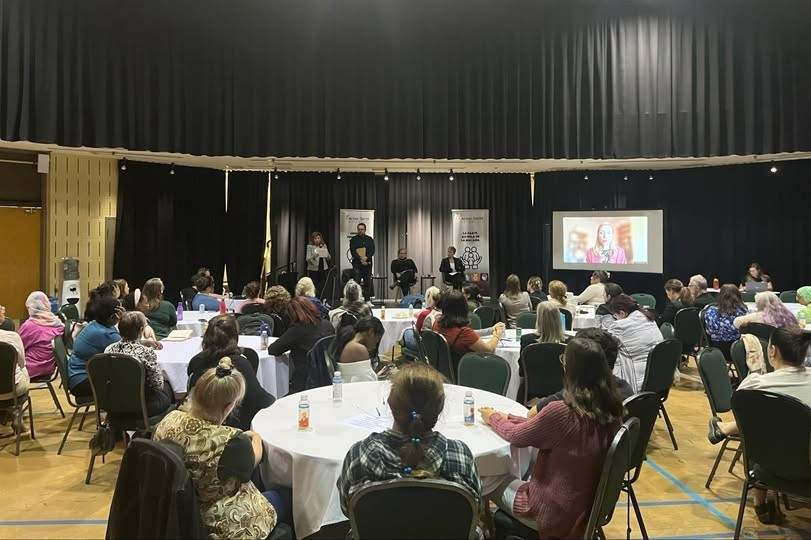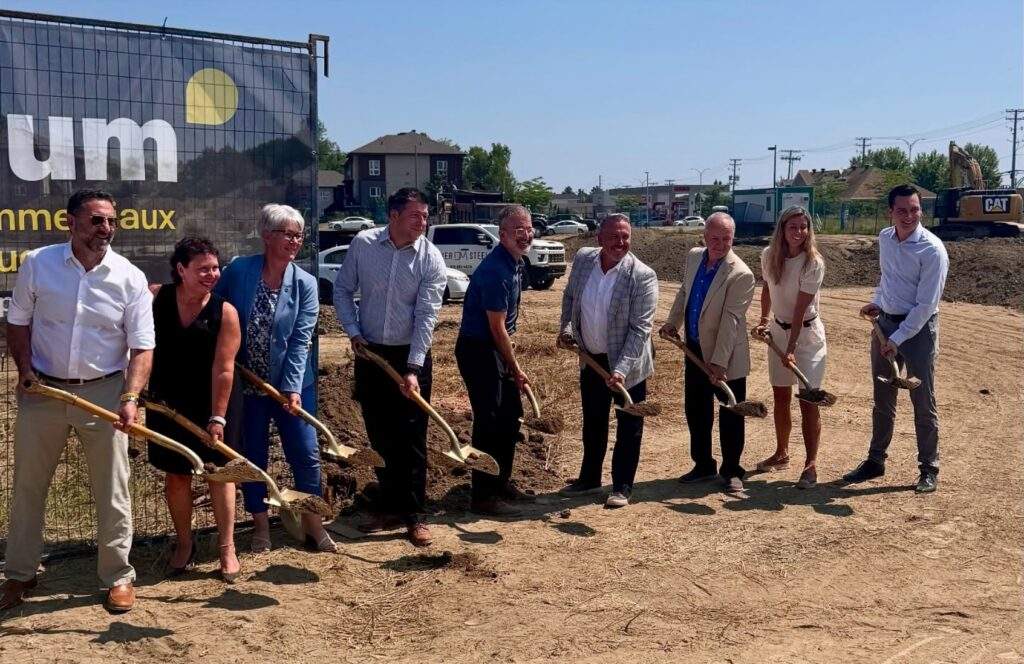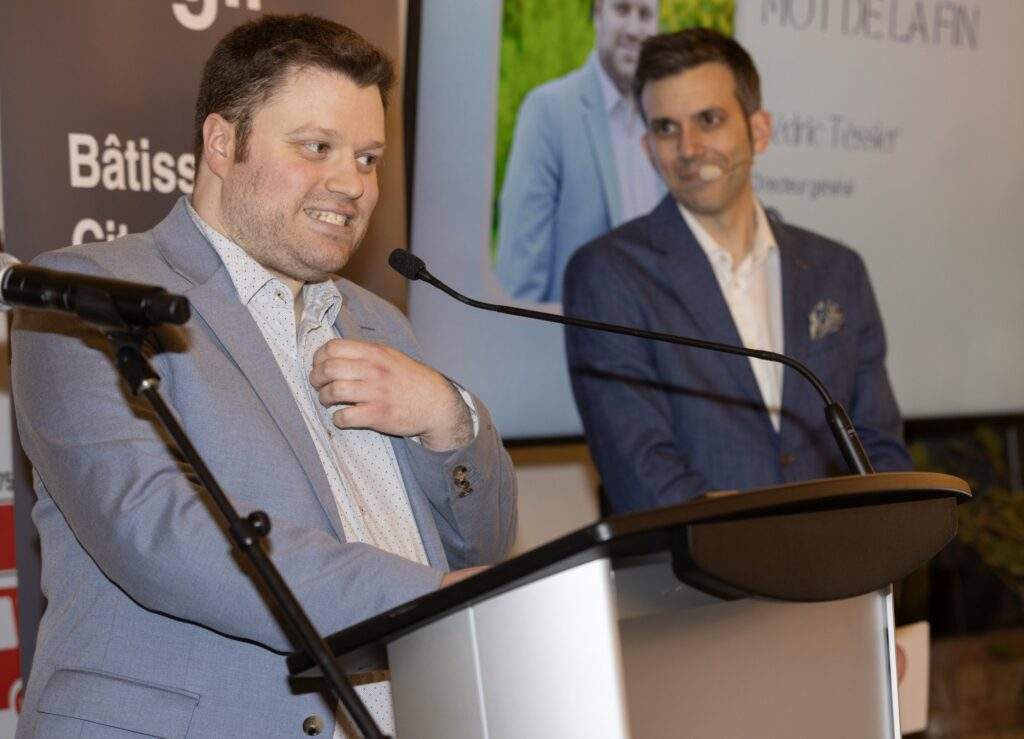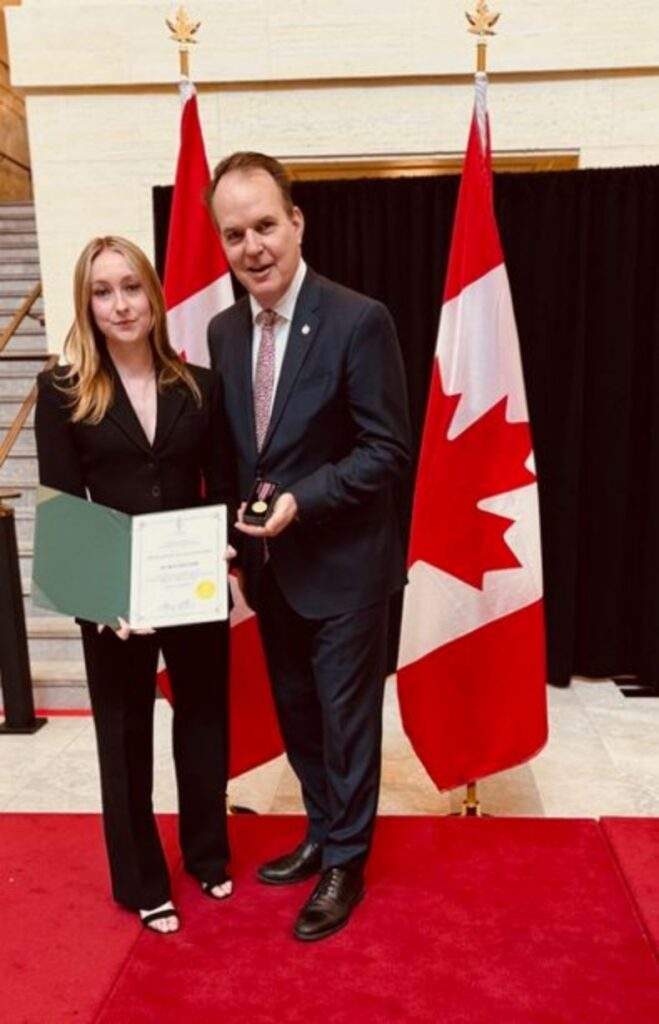Mélissa Gélinas LJI Reporter
Several topics garnered attention during the Municipal Council meeting held at the Buckingham Service Centre on September 16. Residents were able to express their views on various topics related to civil security, road safety, labour negotiations, and more.
Hydrogen Pipeline Project in Buckingham
Many members of the Buckingham Residents Association expressed their concerns about the route of the Enbridge Gaz Québec and Evolugen project, which involves the capture and transportation of 100% pure hydrogen at high pressure (3,500 kilopascals). The pipeline will cover more than 20 kilometers, passing through residential and sensitive areas in Buckingham and Masson-Angers, where many properties, seniors’ residences, daycares, gas stations, and more are located.
Moreover, more than three areas along the route are susceptible to landslides, in addition to being a route used by 7,000 heavy trucks transporting hazardous materials.
“This is, in particular, a world-first project imposed here in Gatineau […],” explained Véronique Santos, a member of the Buckingham Residents Association.
Although this project aims to reduce greenhouse gas emissions, residents are particularly concerned about the route, which could compromise public safety due to the risk of explosions linked to the volatile and flammable nature of hydrogen. “Hydrogen transportation can be very promising for energy transition, but not at the cost of public safety,” said Santos. “Our position remains the same: we oppose the proposed route, not the project.”
“Enbridge is imposing the riskiest option when we know there are other, safer routes available. They chose the route of the facility and also benefited from its acquired rights on Georges Street, where their buried natural gas pipelines are already located.”
Consequently, the project could not be subject to a Bureau d’audiences publiques sur l’environnement (BAPE) given the project’s characteristics (pipeline diameter and pressure in kilopascals), which were below the regulatory thresholds. Members of the Buckingham Residents Association nevertheless lobbied for the project to obtain a discretionary application for a BAPE from the Ministry of the Environment. For these reasons, the City of Gatineau voted unanimously in favour of the application.
Petition Against Speeding
A total of 182 signatures were collected to reduce the speed limit on Bertrand Street in Buckingham. Despite one resident’s success in getting signs installed indicating the 40 km/h zone, the speed limit has not been reduced. “With a population that continues to grow in our busy area, our young children are not safe,” says Sylvie Laframboise, a Bertrand Street resident for 30 years and a signatory of the petition.
“There are also a lot of four-wheelers and motocross bikes travelling at high speed,” explained Carl Simpson, a Bertrand Street resident and signatory of the petition. According to him, Bertrand Street serves as a shortcut to avoid having to pass in front of the police station located on George Street, which consequently causes a high volume of traffic. Edmond Leclerc, city councillor for the Buckingham district, recommends continuing to call 3-1-1 to obtain speed records. “By talking about it and trying all the other speed reduction measures, I believe we can get speed bumps, but the street has to qualify,” he said.
Gatineau Fire Department
Nicolas Houle, president of the Gatineau firefighters union, and Jean-François Olivier, vice-president of the Gatineau Firefighters Association, attended the city council meeting to denounce the city’s inaction regarding the various ongoing issues within the Gatineau fire department, such as the lack of equipment and outdated equipment and poor working conditions.
“Despite all our efforts, no representative from the City of Gatineau has followed up with us,” said Houle.
According to Olivier, there was only one negotiation meeting with the City in 2025.
The mayor emphasized that there are no negotiations when it comes to security. “The best way to have a collective agreement that suits you and meets your needs is for it to be negotiated,” she commented. “This is the solution we’ve been hoping for from the beginning, and I think everyone needs to compromise on that.”
Photo: City Council meeting at the Buckingham Service Centre (September 16, 2025) (MG) Photo: Mélissa Gélinas















